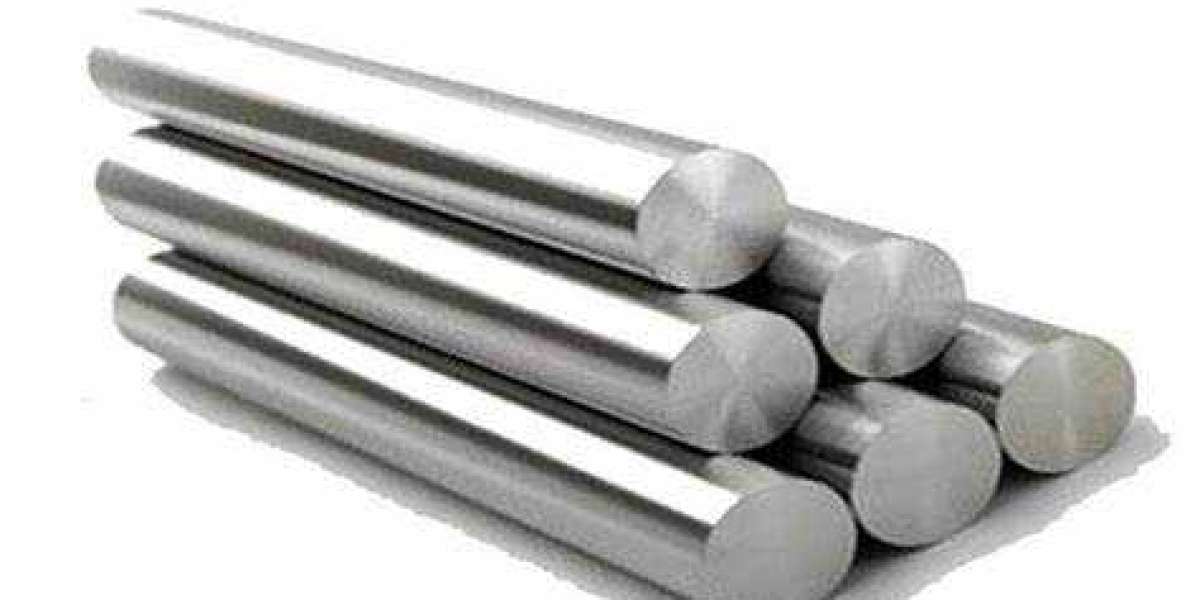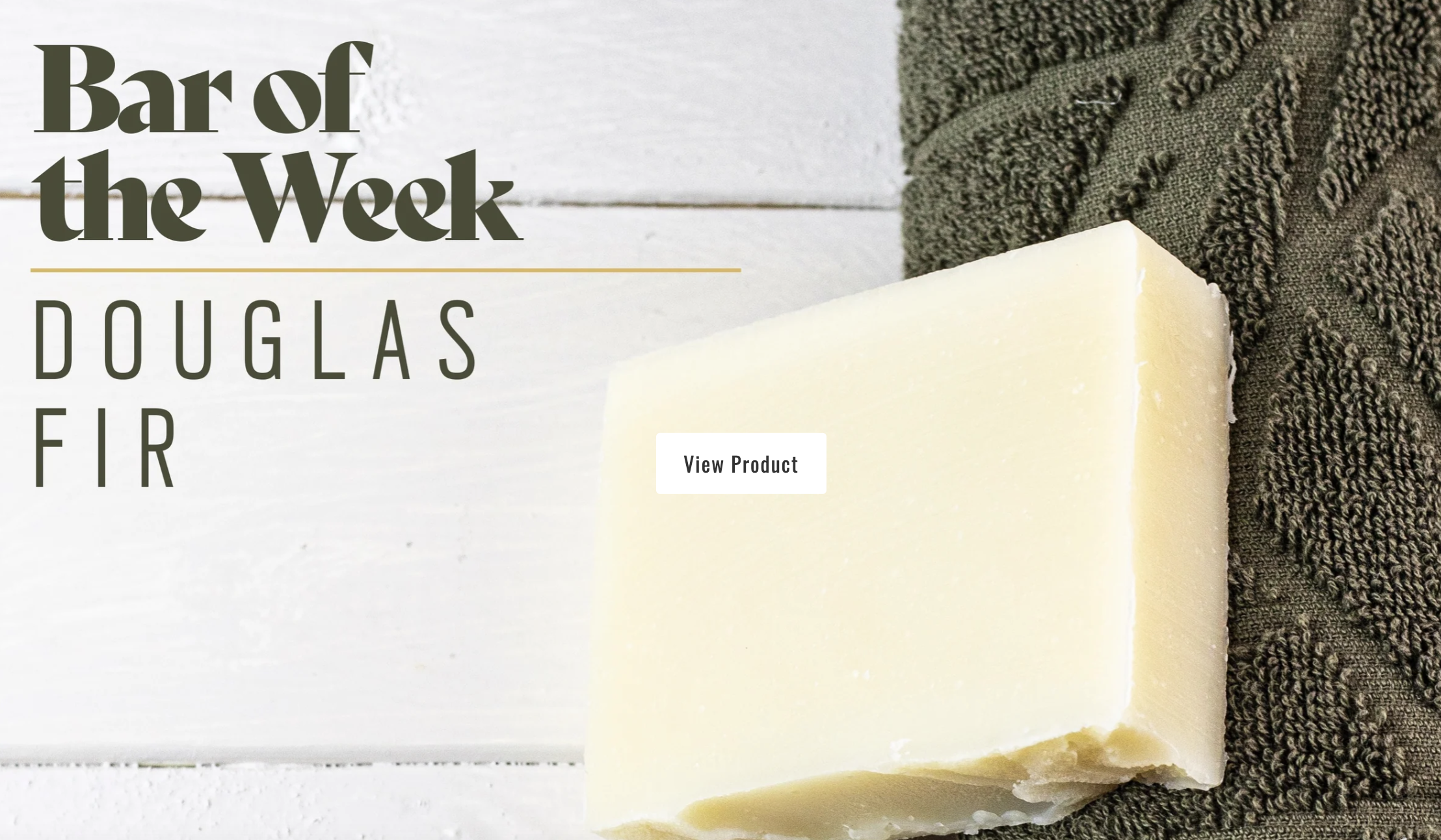Aluminum alloys, known for their lightweight nature, high strength, excellent electrical and thermal conductivity, and corrosion resistance, have become indispensable materials in modern industry. This article delves into the characteristics and applications of various series of aluminum alloys, providing a thorough understanding of this vital material.
Aluminum alloys are composed of aluminum mixed with elements such as copper, manganese, silicon, magnesium, and zinc. This combination not only retains the favorable properties of aluminum but also imparts unique performance characteristics depending on the added elements. As I explore the different series of aluminum alloys, it becomes evident how their specific compositions influence their applications.
According to international standards, aluminum alloys are categorized into eight series, each with distinct compositions and performance traits:
Series 1: Pure aluminum, renowned for its outstanding electrical conductivity, thermal conductivity, and corrosion resistance. It is commonly utilized in architectural decoration, electronic devices, and food packaging.
Series 2: Copper-based aluminum alloys exhibit high strength and significant heat treatment effectiveness, making them suitable for aerospace components, high-speed trains, and automotive parts where robust performance is crucial.
Series 3: Manganese alloys provide exceptional rust resistance, finding applications in building decoration, chemical equipment, and food processing equipment.
Series 4: Silicon-based alloys are characterized by their high strength and hardness, high melting points, and excellent weldability. These properties make them ideal for high-temperature applications, such as automotive engine components and heat exchangers.
Series 5: Magnesium-based alloys are lightweight yet high-strength, with good corrosion resistance, making them widely used in shipbuilding, structural components for vehicles, and pressure vessels.
Series 6: Magnesium-silicon alloys boast high strength and excellent machinability, alongside corrosion resistance, making them suitable for aerospace, transportation, machinery, and structural applications.
Series 7: Zinc-magnesium-copper alloys are known for their superior strength, often used in the manufacture of aircraft structural components.
Series 8: This category includes various aluminum alloys outside the first seven series, featuring diverse chemical compositions that allow for customized performance, serving specialized applications.
In-Depth Analysis: Characteristics and Applications of Each Series
Series 1 Aluminum Alloys: The Choice for Conductivity
With an aluminum content exceeding 99.00%, these alloys excel in electrical and thermal conductivity and corrosion resistance. They are widely utilized in architectural decoration, electronic devices, and food packaging.Series 2 Aluminum Alloys: The Choice for High Strength
Characterized by copper as the primary alloying element, these alloys are known for their high strength and effective heat treatment. Their applications extend to aerospace components, high-speed trains, and automotive parts requiring robust performance.Series 3 Aluminum Alloys: The Rust-Resistant Option
With manganese as the main alloying element, these alloys exhibit excellent rust resistance, making them suitable for building decoration, chemical equipment, and food processing machinery.Series 4 Aluminum Alloys: The High-Temperature Stable Choice
Silicon is the primary alloying element here, resulting in high strength and hardness, high melting points, and good weldability. These alloys are ideal for high-temperature applications such as automotive engine parts and electrical device radiators.Series 5 Aluminum Alloys: Lightweight and Strong
Featuring magnesium as a primary characteristic, these alloys are lightweight, high-strength, and exhibit good corrosion resistance. They find applications in shipbuilding, vehicle structural components, and pressure vessels.Series 6 Aluminum Alloys: Excellent Machinability
With magnesium and silicon as key alloying elements, these alloys offer high strength, outstanding machinability, and corrosion resistance, making them suitable for aerospace, transportation, machinery, and building structures.Series 7 Aluminum Alloys: Ultra High Strength
Comprising zinc, magnesium, copper, and other elements, these alloys possess the highest strength, primarily used in aircraft structural components.Series 8 Aluminum Alloys: Customizable Performance
Featuring diverse chemical compositions, these alloys can be tailored for specific applications, albeit their usage is less widespread than other series.
I hope this article enhances your understanding of the various types, characteristics, and applications of aluminum alloys. Their versatility and performance make them integral to many industries, and I believe continued exploration of their properties will lead to innovative applications in the future.












